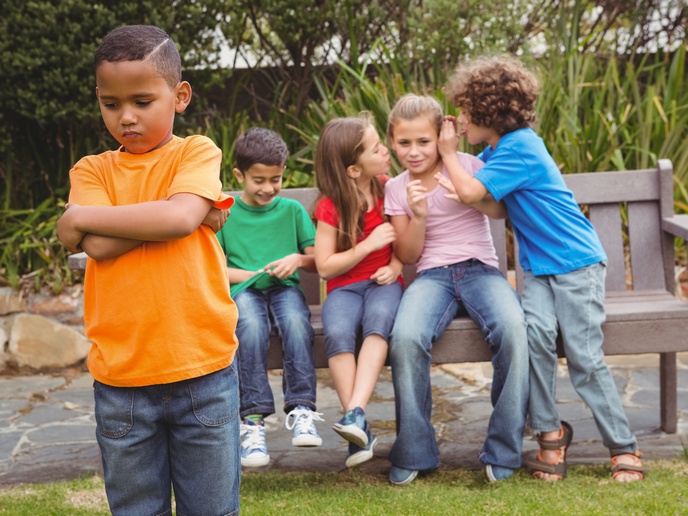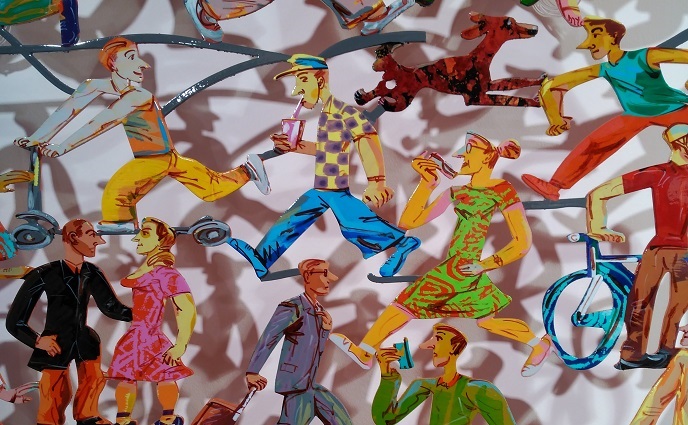How adult biases impact children
Prejudice and discrimination are pressing global problems. Across Europe and in the United States, the far right is on the rise, and individuals are often discriminated against on the basis of their membership in particular groups, for example their race, gender and/or sexual orientation. The European Research Council (ERC) supported MINDTOMIND project was interested in how best to characterise the psychological processes that contribute to discrimination. These problematic attitudes and behaviours appear early in development, suggesting that our children are being influenced by our biases. Knowledge of the complex psychological processes by which these biases are learned remains rudimentary, which is where MINDTOMIND steps in. “We sought to understand the role that learning plays in the development of prejudice and discrimination. We also wanted to understand when children develop certain intergroup biases, and how caregivers communicate with their children about social groups,” explains Harriet Over, professor of Psychology at the University of York in the United Kingdom.
First impressions are learned rather than innate
The team used a range of methods including experimental research, semi-naturalistic observation of social interaction, and content analyses of historical data. In one strand of research, MINDTOMIND investigated how children learn to form first impressions of others. “We know,” says Over, “from previous research that, upon meeting a stranger, adults and children quickly jump to conclusions about whether or not that person is trustworthy or competent.” The MINDTOMIND project refined and tested a learning-based model of how first impressions from faces come about – the Trait Inference Mapping framework (TIM). In contradiction to the mainstream view, Over’s team argues that children learn to form these first impressions from exposure to the cultural messages common in storybooks, art, film, television and propaganda. “In a series of studies, we showed that children learn to judge other people based on their appearance as a result of tracking their peers’ emotional responses to them. We also found that parents/caregivers while in conversation, teach their children to judge others based on their appearance,” she adds. The project shows that evidence indicating first impressions from appearance are innate, can just as easily be explained by a learning account.
Outgroups – stripping positive and attributing negative qualities
In another strand of research, MINDTOMIND investigated how best to characterise the nature of prejudice in adults. Previous research has suggested that adults tend to ‘dehumanise’ outgroups by denying them uniquely human mental states such as civility, rationality and warmth. Against this prevailing view, the project presented evidence that outgroups are not typically denied uniquely human qualities, rather they are denied positive qualities. “In a series of papers, we have shown that whereas outgroup members are denied positive uniquely human qualities such as civility and refinement, they are attributed negative uniquely human qualities such as spite and arrogance.” This project laid the groundwork for applied research investigating how to reduce prejudice and discrimination. “In my new ERC grant for the HATESHIELD project, I will explore a more applied question. I am interested in how engagement with the manosphere, influencers like Andrew Tate, is influencing the behaviour and experiences of young people. I will collaborate with experts in education to create and evaluate research-led interventions to reduce sexism among children and young people.”
Keywords
MINDTOMIND, prejudice, biases, Trait Inference Mapping framework, psychology, children, learned, race, gender







